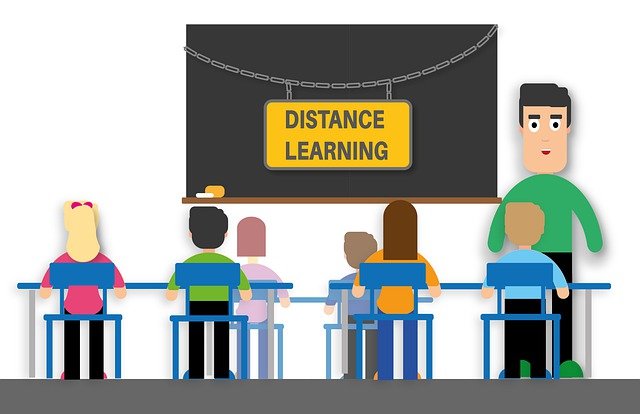Distance learning refers to a method of education where students do not physically participate in learning sessions. The learning takes place remotely using the internet. Previously, before the use of the internet, distance learning took place differently; learners communicated with teachers and instructors using postal mails. At present, with the availability of numerous online learning platforms, different online options are used to deliver the course content.
In a distance learning system, the students are provided with the freedom to select a convenient time and date for their learning sessions. Those who work as full-time workers can also engage in their studies using the distance learning method. In distance learning, face-to-face teacher-student sessions also take place using video conferencing. Hence, learners who prefer to have guidance and instructions from teachers and instructors can be benefited from this method.
What is Correspondence Learning?
Correspondence learning is remote learning, without participating physically in teaching and learning sessions. In correspondence learning, materials are provided for learners at the commencement of the program. Moreover, learners are required to do self-studies and complete the assignment on their own time and submit them before the given deadline. Therefore, the teacher-student interaction in correspondence learning is very limited. The learners are able to get feedback from teachers and instructors during the limited times they meet. Peer interactions do not take place in a corresponding learning environment since correspondence learning is self-paced. Thus, the students may not meet and interact with each other during the class sessions.
What is the Difference Between Distance Learning and Correspondence?
The key difference between distance learning and correspondence learning is that in distance learning, materials and course content are delivered to students by the teachers and instructors, whereas in correspondence learning, the materials are provided to the learners prior to the commencement of the program. Teachers and instructors do not deliver the course content to the learners in correspondence education. The students have to do self-studies.
The other main difference between distance learning and correspondence learning is the teacher-student interaction. The distance learning method provides student-teacher interaction through online learning platforms, whereas in correspondence learning, the teacher-student interaction is minimal. Moreover, distance learning has specific time slots for lectures, and students are required to participate in these sessions via the internet, whereas correspondence learning is self-paced, and students do not need to sit for the lectures. The students are required to do the studies on their own and hand over the assignments on time.
Summary – Distance Learning vs Correspondence
The key difference between distance learning and correspondence is that in distance learning, the course materials and the course content are provided to the students by teachers, whereas in correspondence learning, course materials are mailed to the students via post or the internet, and they are supposed to do self-studies.
Key Takeaways
- Distance learning provides course materials and content through teachers and instructors, while correspondence learning provides materials via post or the internet for self-study.
- Teacher-student interaction is more prevalent in distance learning, with limited interaction in correspondence learning.
- Distance learning often has specific time slots for lectures and online participation, while correspondence learning is self-paced, and students complete assignments on their own time.
